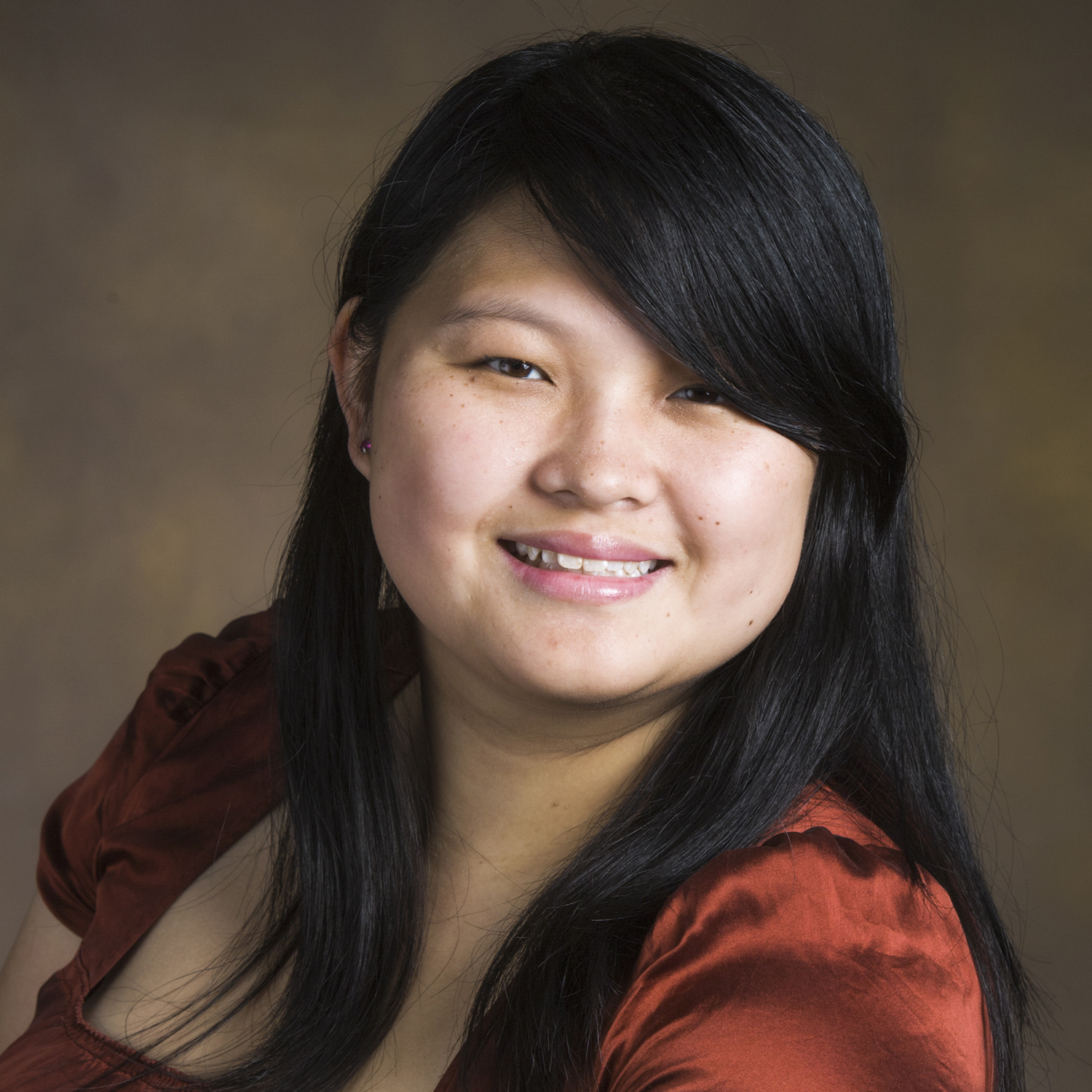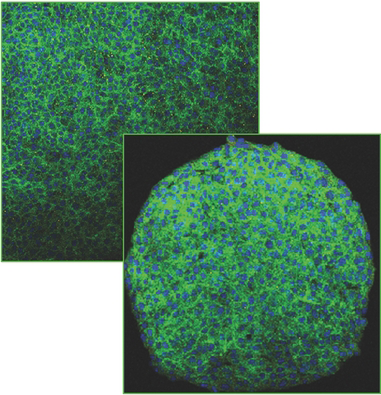Bridging the gap: from 2D cell culture to 3D microengineered extracellular matrices
Historically the culture of mammalian cells in the laboratory has been
performed on planar substrates with media cocktails that are optimized to
maintain phenotype. However, it is becoming increasingly clear that much of
biology discerned from 2D studies does not translate well to the 3D micro-
environment. Over the last several decades, 2D and 3D microengineering
approaches have been developed that better recapitulate the complex
architecture and properties of in vivo tissue. Inspired by the infrastructure
of the microelectronics industry, lithographic patterning approaches have
taken center stage because of the ease in which cell-sized features can be
engineered on surfaces and within a broad range of biocompatible materials.
Patterning and templating techniques enable precise control over extracel-
lular matrix properties including: composition, mechanics, geometry, cell–
cell contact, and diffusion. In this review article we explore how the fi eld
of engineered extracellular matrices has evolved with the development of
new hydrogel chemistry and the maturation of micro- and nano- fabrication.
Guided by the spatiotemporal regulation of cell state in developing tissues,
techniques for micropatterning in 2D, pseudo-3D systems, and patterning
within 3D hydrogels will be discussed in the context of translating the infor-
mation gained from 2D systems to synthetic engineered 3D tissues.

